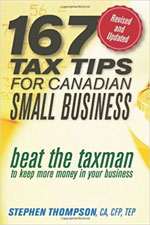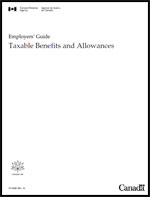“Your ability to generate sales could be threatened at any moment. With business interruption coverage, a business owner can collect the income he or she would have expected to generate were it not for the unexpected event.”
– Insurance Bureau of Canada
The following article from the Nevcon Accounting resources archives is still useful and relevant today:
All owners of small businesses naturally hope that their company will never be faced with a sudden and unexpected interruption. However, like automobile and home insurance, business interruption insurance should be purchased just in case the unthinkable happens. Failure to do so could leave both your and your employees at risk.
The problems following a loss of property, equipment or inventory are frightening. Proper business interruption insurance can ensure the survival of the business both during and after the rebuilding process. The accompanying chart addresses the options involved in this type of insurance, which is usually included in business insurance packages.
| Option |
Applicable
businesses |
Description |
| Rental Insurance |
Real Estate |
Indemnifies for lost rent and other income derived from tenants. Standard insurance covers a period of twelve months or the time required to restore the property, whichever is less. More comprehensive coverage can be purchased allowing the insured reimbursement until rental income returns to pre-loss levels, thus compensating the owner until all repairs to the property have been completed. |
| Gross Profits Insurance |
All |
Covers a business up to net income before taxes and continuing expenses. If gross profits are under-insured, the insurance company may adjust the claim in event of a loss. If a business has insurable gross profits of $1 million but carries coverage for only $500,000, should it suffer a loss of $250,000, the insurer may only reimburse the owner to the same percentage that should have been insured – n this case, 50% or $125,000. This type of insurance can be purchased for periods extending beyond the standard twelve-month policy to allow the insured to be indemnified until such time as gross profits return to pre-claim levels. |
| Gross Earnings Insurance |
All |
Similar to gross profits insurance above, but can only be purchased for maximum of one year. Consequently, the indemnity period may run out before allowing the purchaser to cover the predetermined percentage of gross profits he/she wishes to insure. |
| Increase Valuation Insurance |
All |
This insurance is not provided by many carriers. If obtainable, it provides an alternative to gross profits/earnings insurance described above in that it predetermines coverage of inventory on a cost plus basis. This type of insurance is suitable for importers and distributors who do not hold stock beyond one inventory turnover period. Manufacturers or companies dependent on their physical premises to conduct business will not find this option attractive. |
| Extra Expense Insurance |
All |
Allows company to resume regular operations more quickly by providing funds for such items as temporary rent at an outside location, additional labour cost, etc. This type of insurance does not provide sufficient coverage on its own and is usually offered only in conjunction with other coverages outlined above. |
| Professional Fees Insurance |
All |
Pays for professional assistance to prepare proof of loss should a claim be required. This type of insurance can only be purchased in conjunction with other forms of coverages outlined above. |
Article ©1998 The Quarterly Dividend
Reprinted with permission



